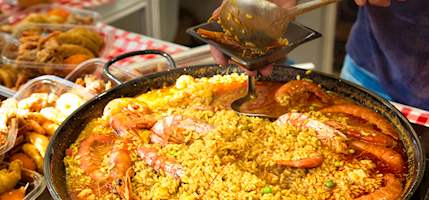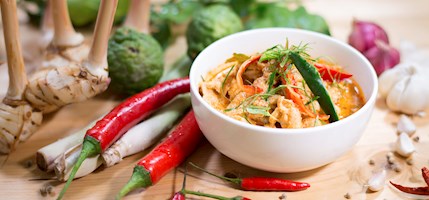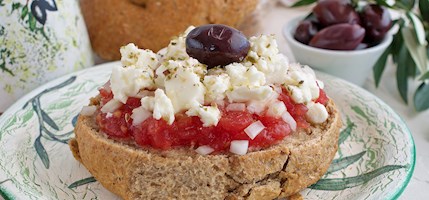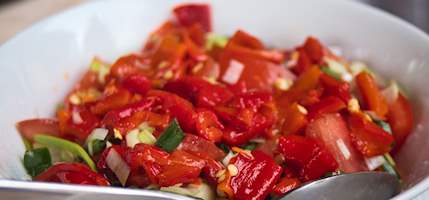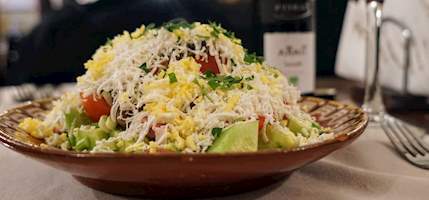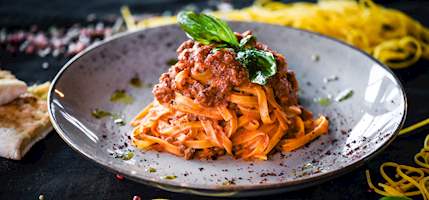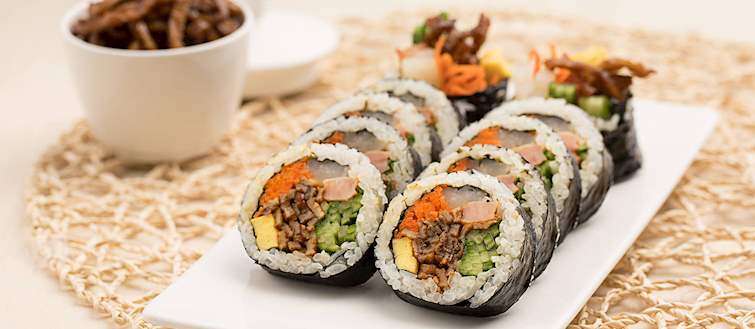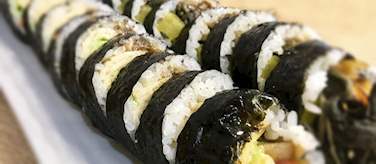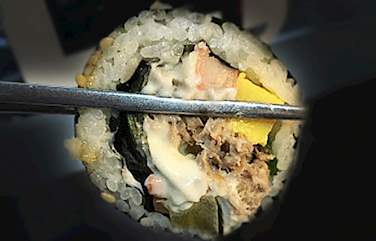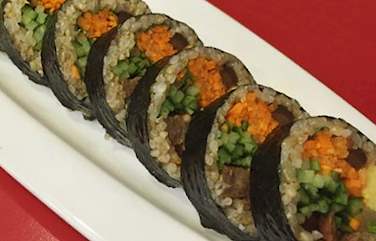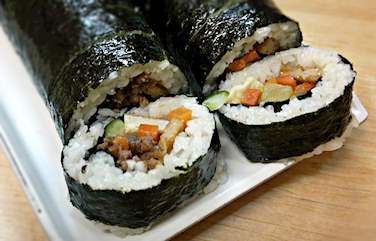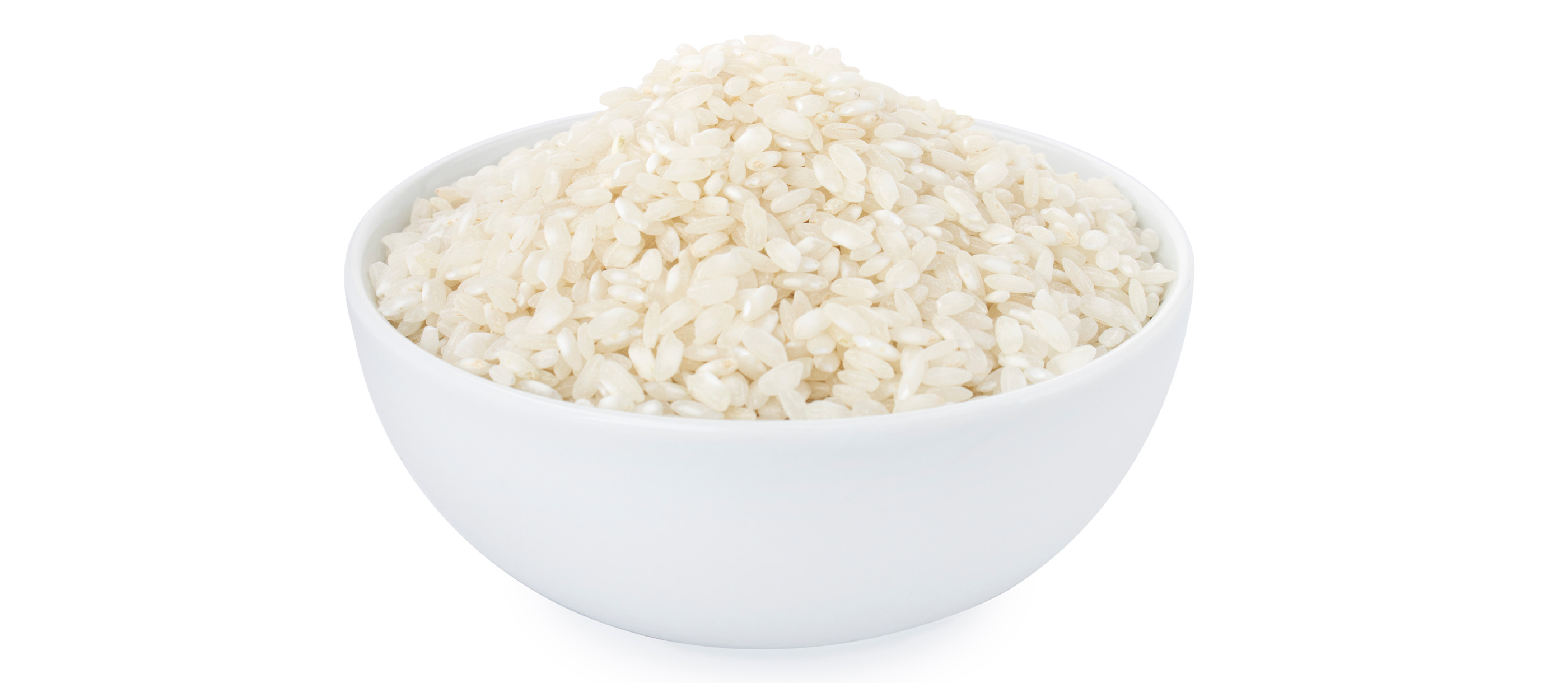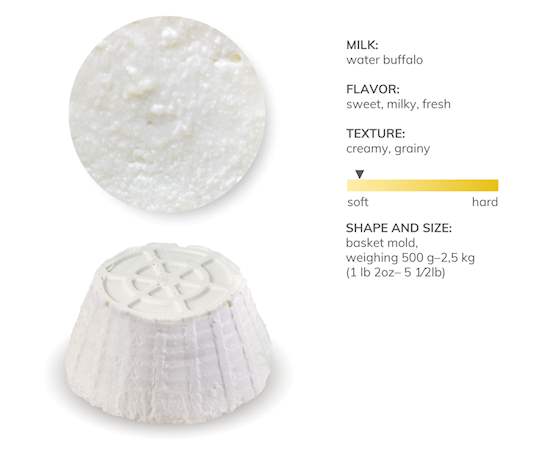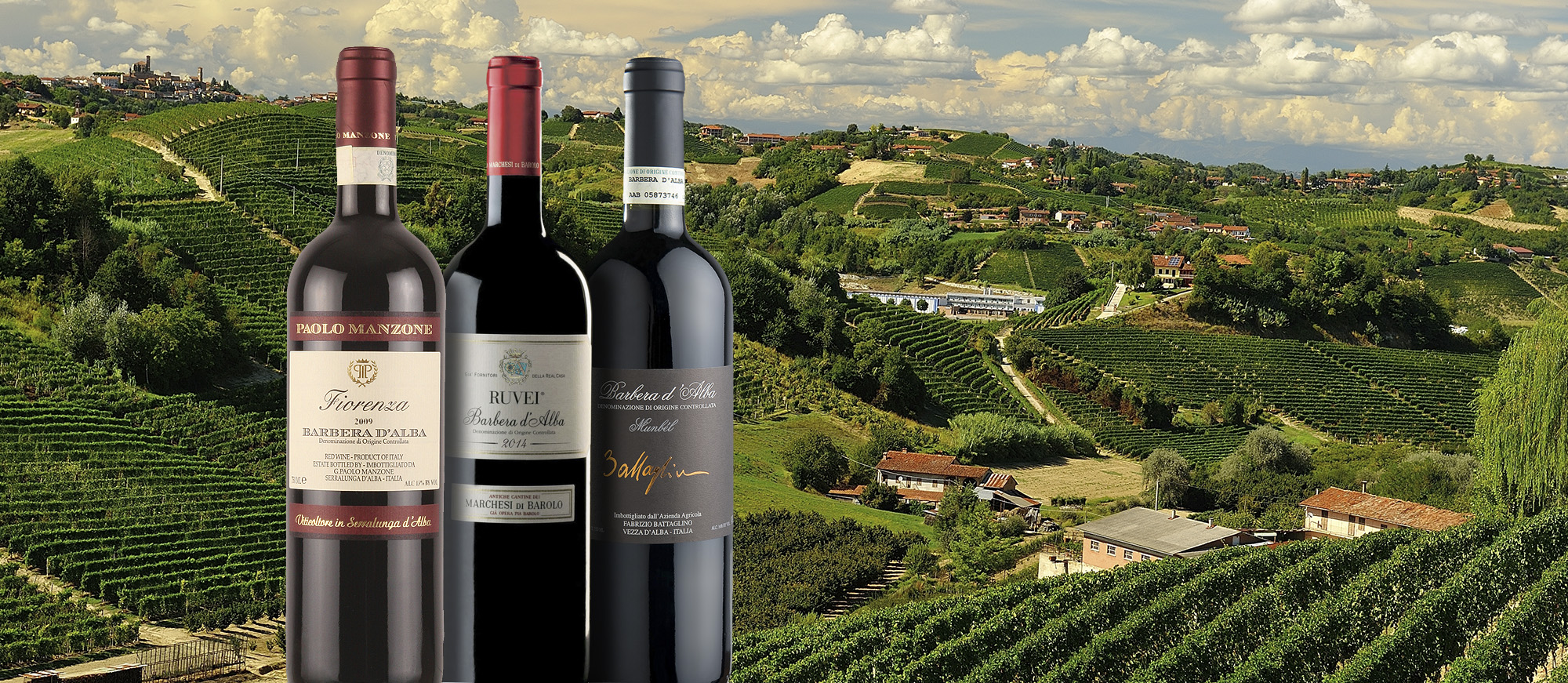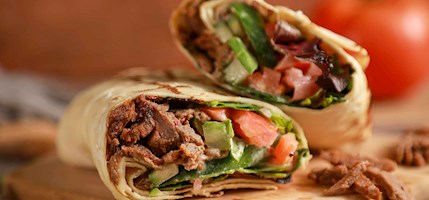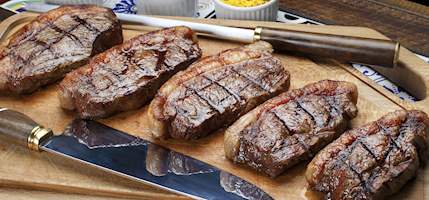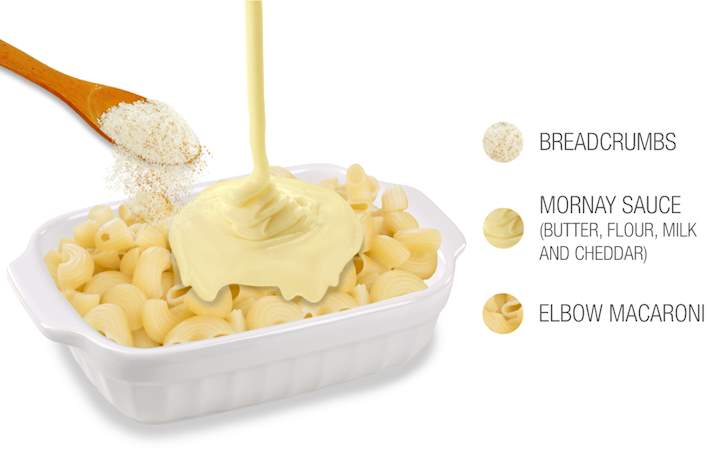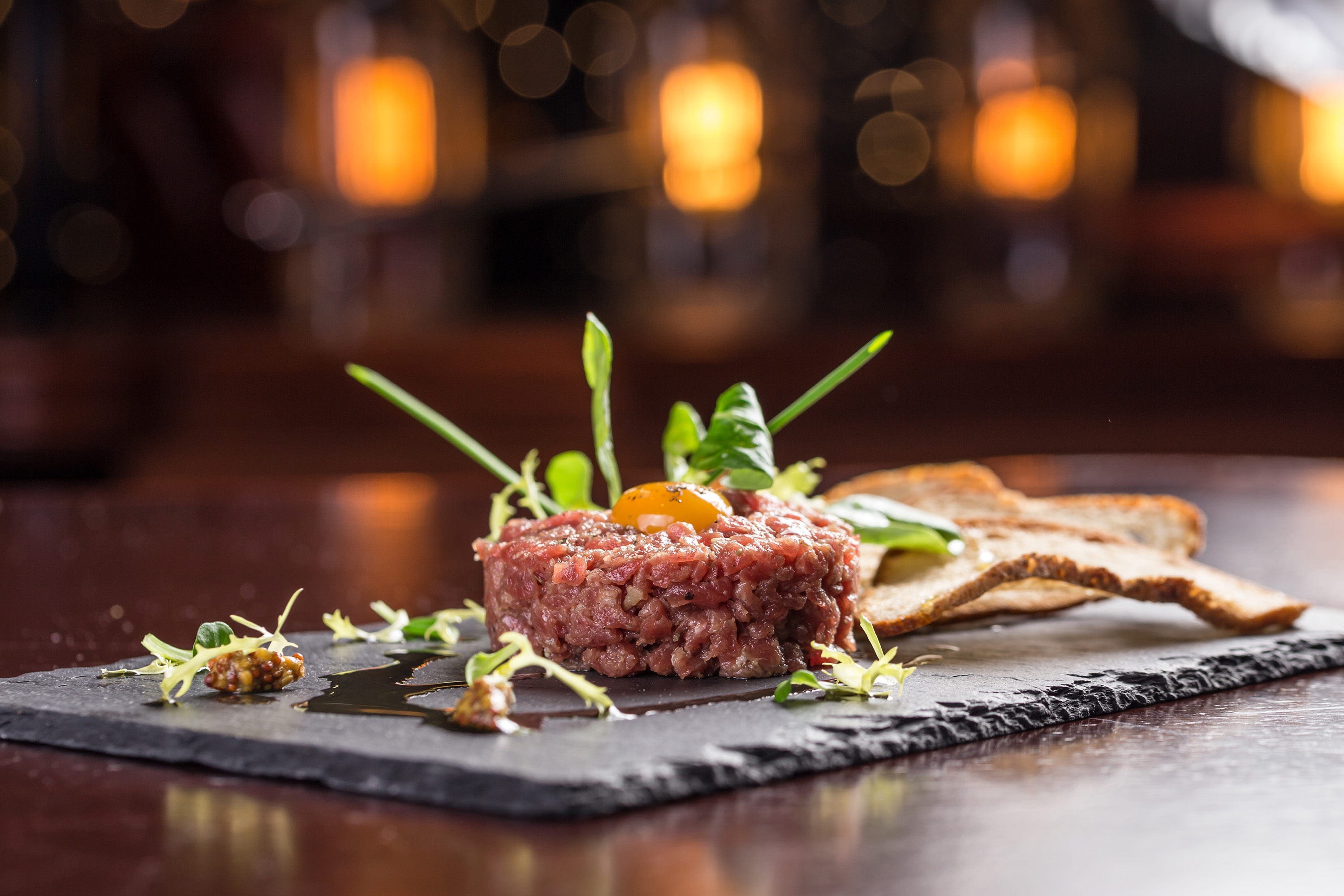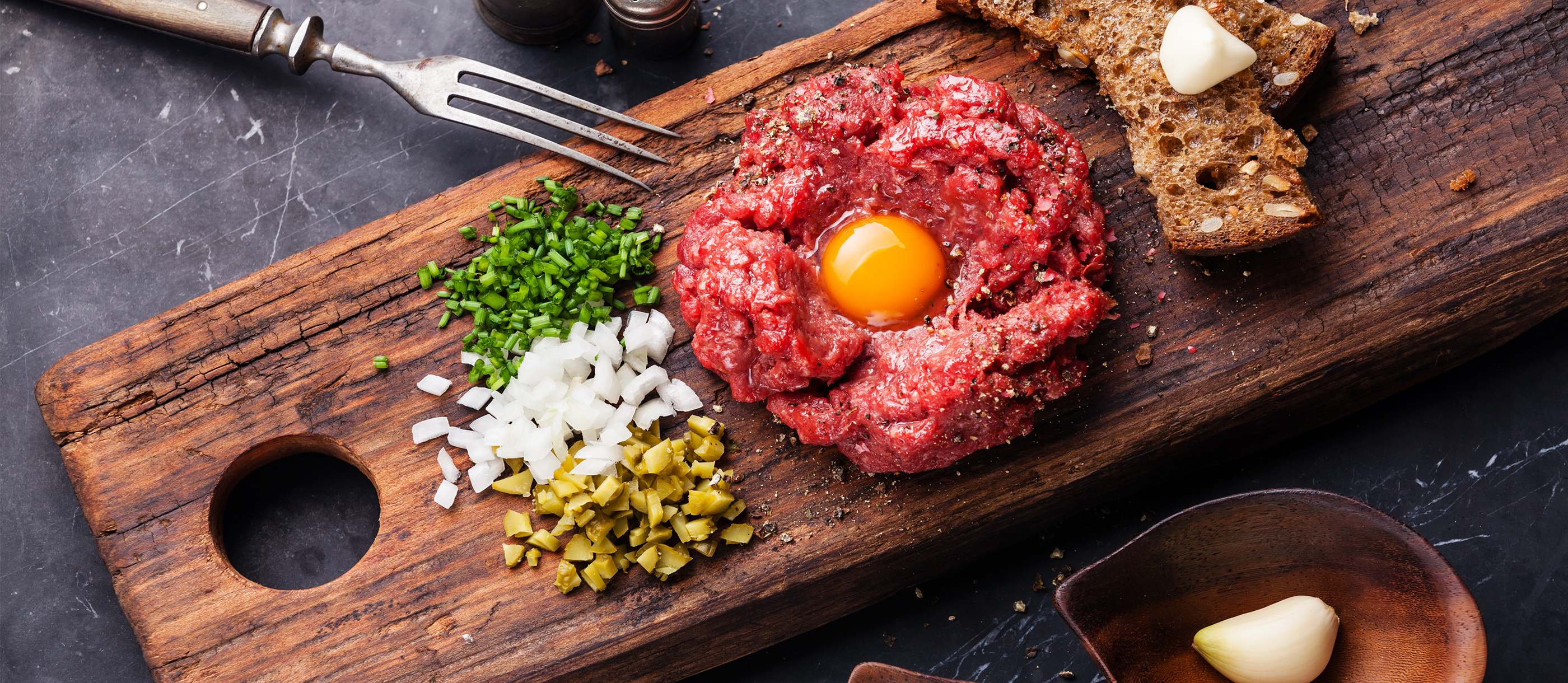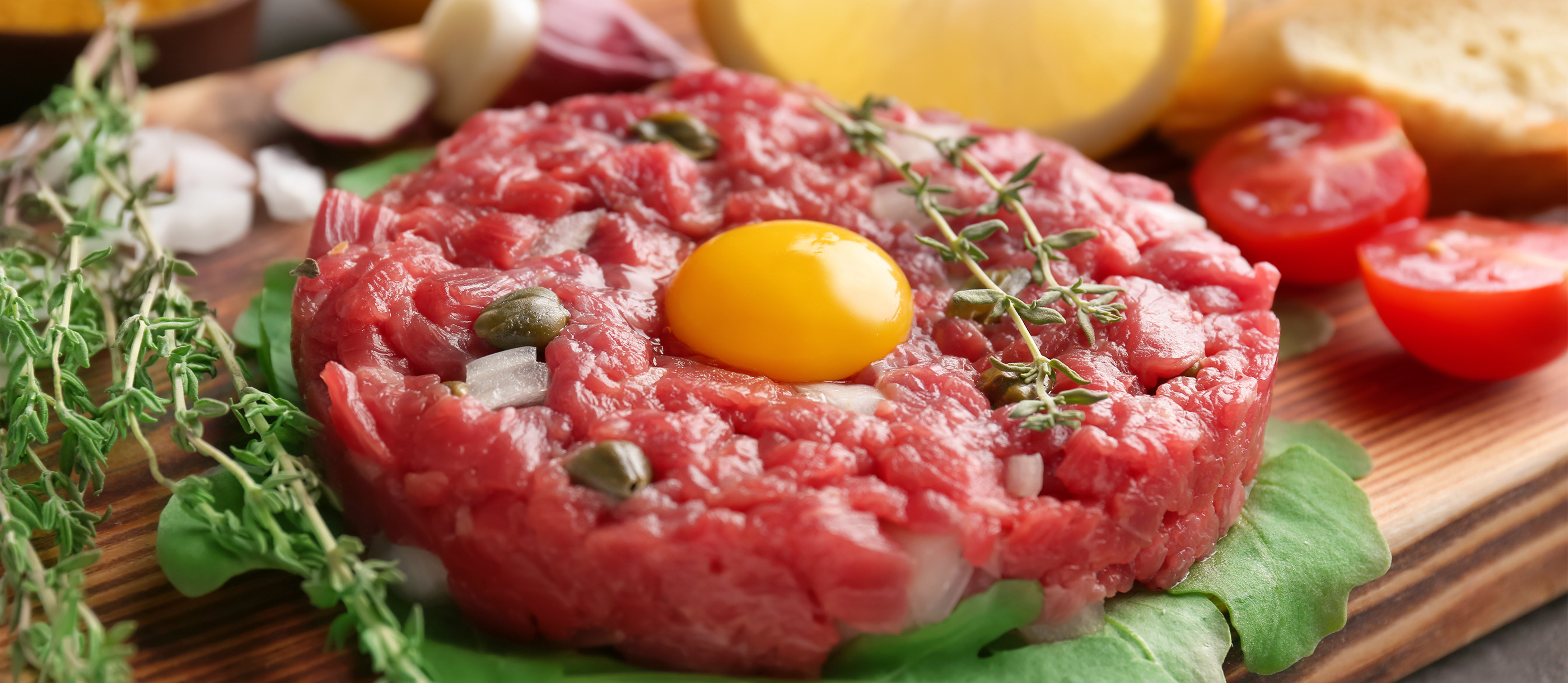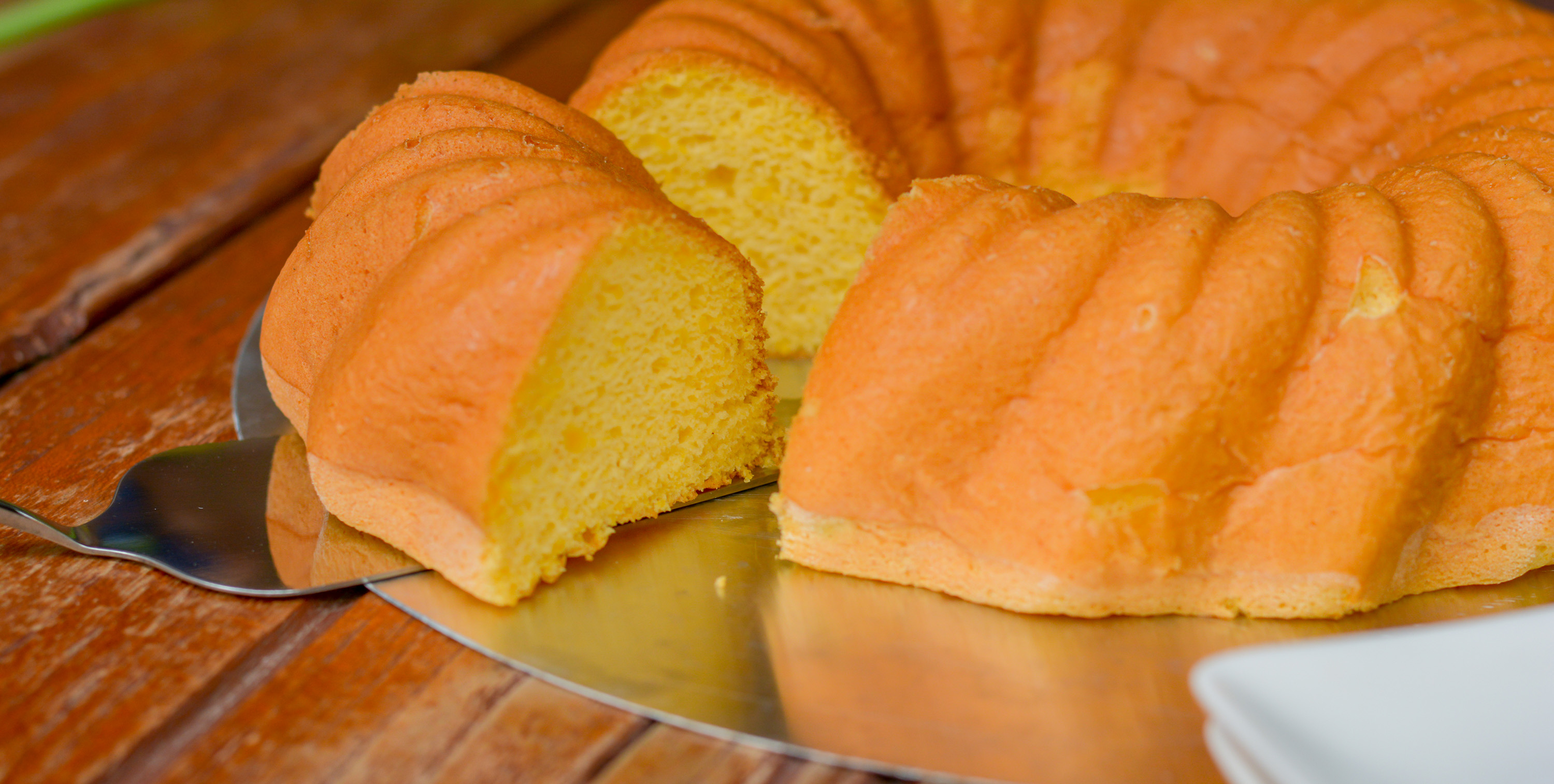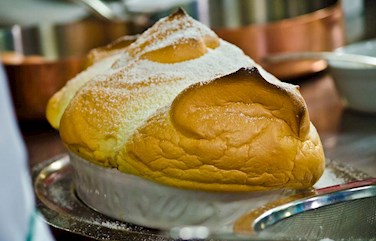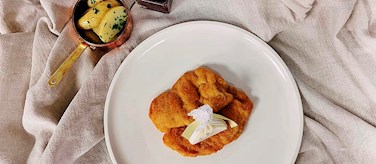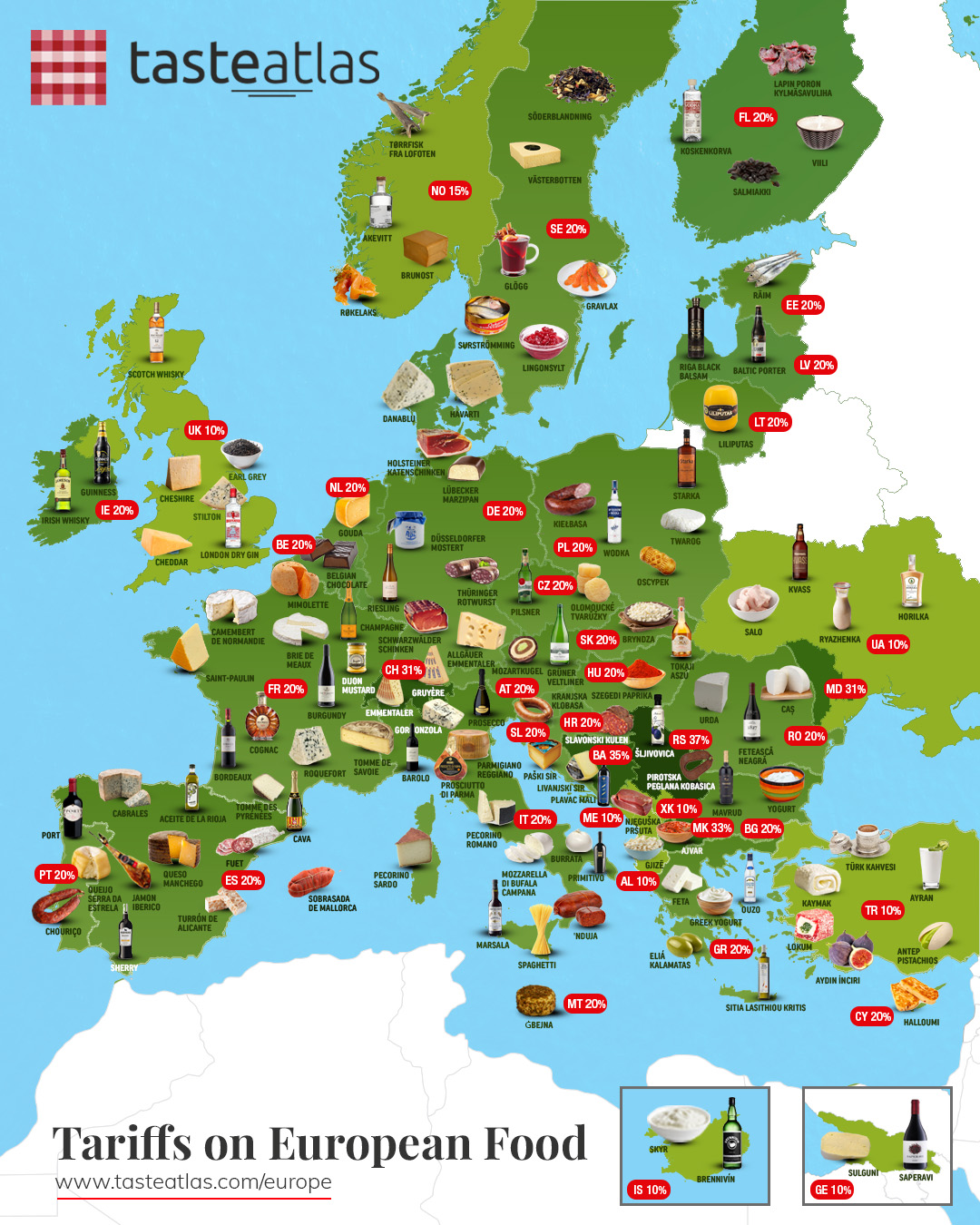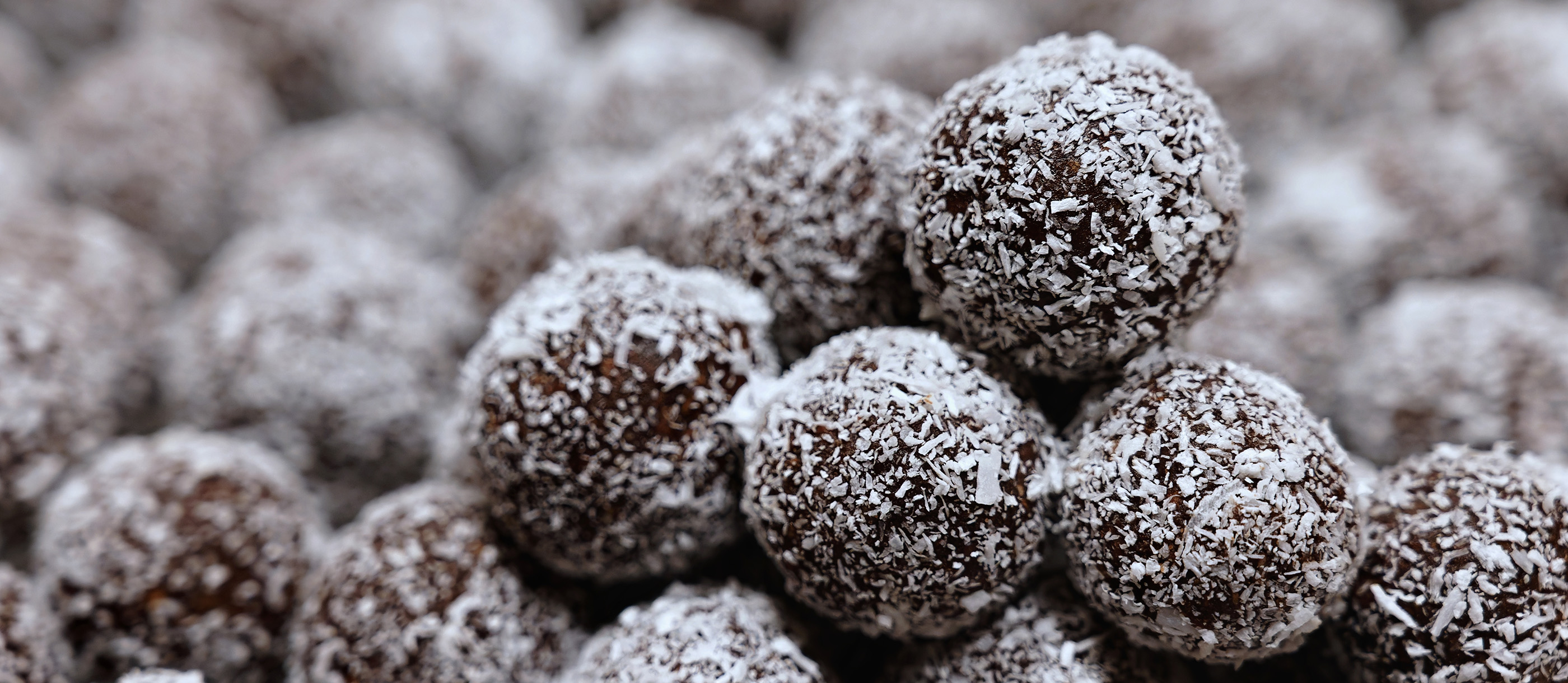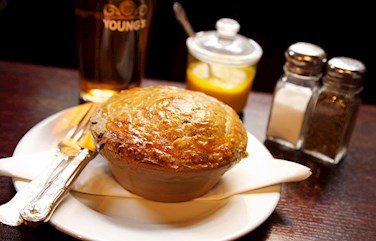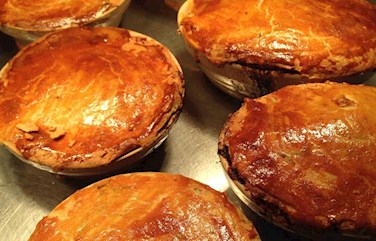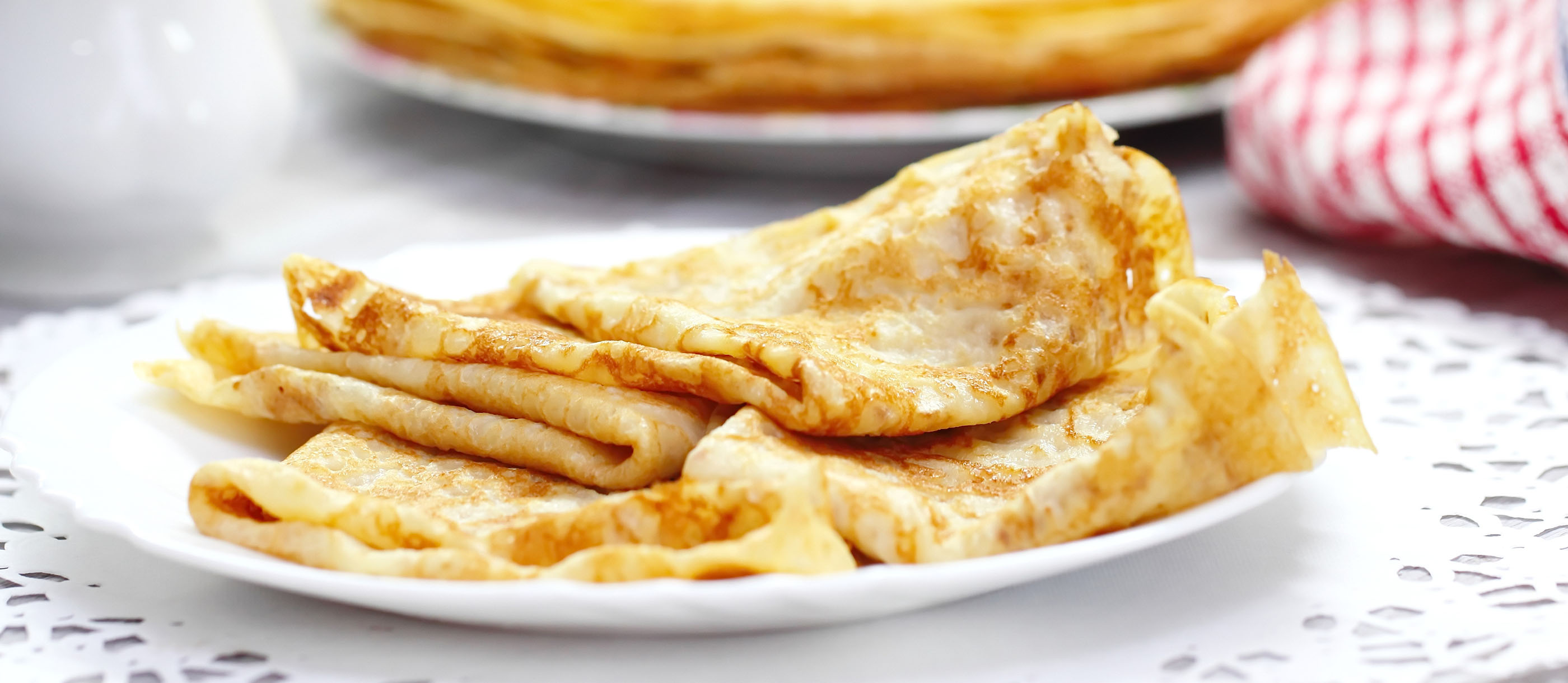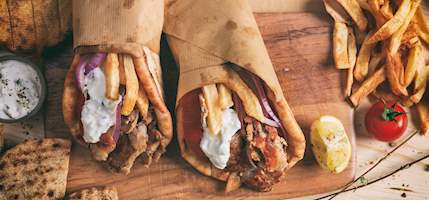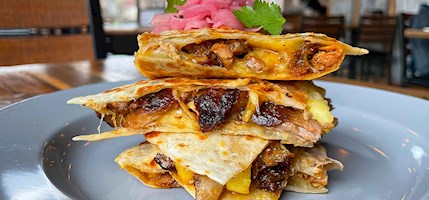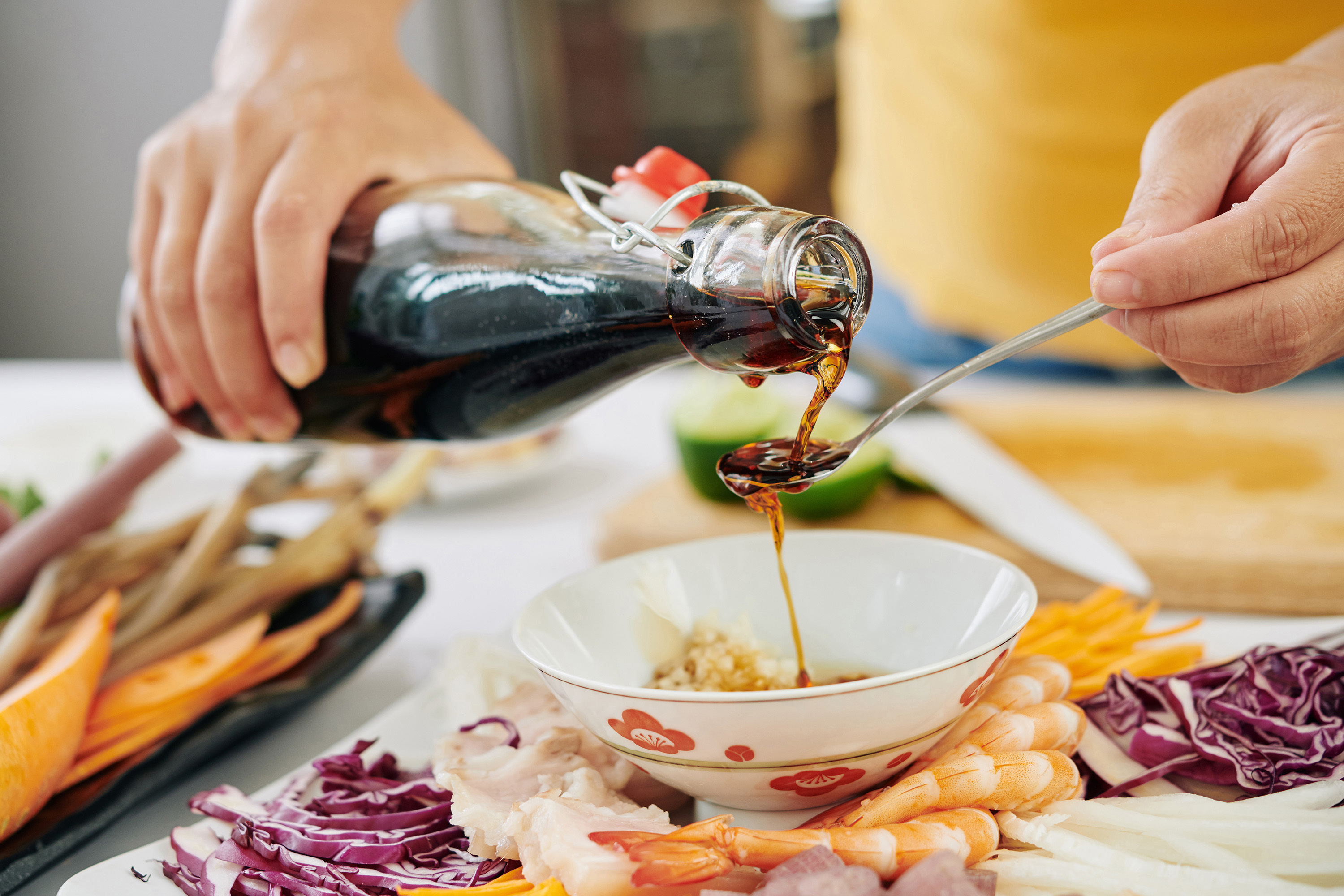
Sorry, we couldn't find anything nearby. Adjust the distance filter and try again!

Sorry, we couldn't find anything nearby. Adjust the distance filter and try again!

Sorry, we couldn't find anything nearby. Adjust the distance filter and try again!
Sorry, we couldn't find anything nearby. Adjust the distance filter and try again!
Something went wrong. Please try again.

Most Iconic
Restaurants with Gimbap
Top 20
Portuguese Pastries
Pastel de Chaves moved to 10th place - This clam-shaped Portuguese delicacy is made with a puff pastry shell that is filled with a unique mixture of minced veal, bread, and onions. The tradition of preparing pastel de Chaves dates back to 1862, and according to a popular legend, the first person to sell these unique pastries was Teresa Feliz Barreira, the founder of Casa do Antigo Pasteleiro, the first establishment where pastel de Chaves could be bought. The original recipe stayed in her possession for 75 years, until the 1940s, when other bakeries in Chaves started to manufacture and sell the same product. The Portuguese city of Chaves protected this famous pastry as their authentic product, which licensed them to be the only location where pastel de Chaves can be produced and sold. According to municipal records, the town of Chaves produces more than 25,000 of these delectable pastries daily. In recent history, numerous other varieties have appeared, including the sweet versions, but only the original, savory version is allowed to carry the name pastel de Chaves.
Authentic Recipe
Beignets
PREP 30min
COOK 30min
READY IN 1h
This recipe, adapted from NewOrelansOnline.com, the official tourism website of New Orleans, is for beignets made with pâte à choux, which has no yeast. The pâte is dropped into oil in spoonfuls, not rolled, and cut into squares. The recipe makes for approximately 32 beignets.
New Food Cataloged
Baldo
Italian Rice #10. Baldo rice is a white rice variety grown exclusively in Italy and Türkiye. It is a relatively new variety, first cultivated in 1977 in the Italian Po valley as a hybrid of stirpe 136 rice and arborio rice. Baldo rice soon became known as the "king of rice" thanks to its exquisite qualities, and it found its way to Türkiye, where it is considered the finest quality rice. Depending on the variety, Baldo rice can come in a long, medium, and short-grain format, although short-grain is most known and used. It has a buttery aroma and a distinct but not overpowering taste, with pronounced starchiness (Turkish varieties tend to be starchier than the Italian). When cooked, this rice retains its compact shape and chewiness, which makes it a perfect choice for risottos, pilafs, and paellas.
Top 100
Western European Red Wines
Barbera d'Asti moved to 8th place - Barbera d’Asti (DOCG) is an Italian red wine produced on the hilly vineyards in the provinces of Asti and Alessandria in Piedmont. The minimum of 90% Barbera grapes must be used in its production, while the other 10% may be made up with Freisa, Grignolino or Dolcetto varieties. The wines are mostly ruby red and well-balanced, with notes of red and black fruits, while Superiore varieties, which are aged for at least six months in wood, may have hints of spiciness. The wine pairs well with dark meat, mushrooms, matured cheese, and braised greens.
Authentic Recipe
Massaman Curry Paste
PREP 20min
READY IN 20min
This recipe gives instructions on how to prepare massaman curry the traditional way, with traditional ingredients and in a mortar and pestle. The spices need to be roasted for a few minutes over low heat to release their aroma, and the chilies soaked in hot water for about 10-15 minutes to soften. We recommend you check out the tips beforehand.
Top 29
Asian Savory Pastries
Kol böreği moved to 3rd place - Kol böreği is a Turkish börek variety made with puff pastry that is shaped into a spiral. The pastry is filled with a variety of ingredients such as cheese, spinach, potatoes, or ground meat with pine nuts and currants. The name of the dish means arm börek, referring to the long, arm-like visual appearance of the pastry. After it has been baked at low temperature, kol böreği is typically cut into smaller pieces.
Authentic Recipe
Ruam mit
PREP 40min
COOK 15min
READY IN 55min
This recipe gives instructions on how to prepare ruam mit, the refreshing Thai dessert. There is no set recipe, but this one has the majority of ingredients typically used for making it, such as colored noodles, coconut milk, pandan leaves, tapioca, jackfruit, and sweet potato.
Best Local Restaurants
Oxfordshire, England
Dish of the Day
Steak tartare
Steak tartare is an appetizer made with finely chopped raw beef or horse meat that is seasoned with salt, pepper, Worcestershire sauce, Tabasco, and mustard. The meat is combined with a raw egg yolk, capers, shallots, parsley, and (sometimes) chopped gherkins. When served, steak tartare is usually accompanied by toasted bread, rye bread, or french fries. It is believed that steak tartare was originally a variation on beefsteack à l'Américaine, a dish of raw chopped beefsteak that first appeared in France at the turn of the 20th century. This variation, steak tartare, was originally served with tartar sauce, and anything that was served with it was known as à la tartare, hence the name.
Top 3
Maghrebi Cakes
Meskouta moved to 3rd place - Meskouta is a traditional cake originating from Morocco. This orange and almond cake is made with a combination of almonds, eggs, sugar, honey, orange juice, lemon juice, orange flower water, oil, flour, baking soda, and baking powder. Once prepared, the batter is poured into a pan and baked until golden. This cake is traditionally prepared in the winter, when oranges ripen. It's often accompanied by hot mint tea or coffee on the side.
World’s Best Traditional Restaurants
St. Peter Stiftskulinarium
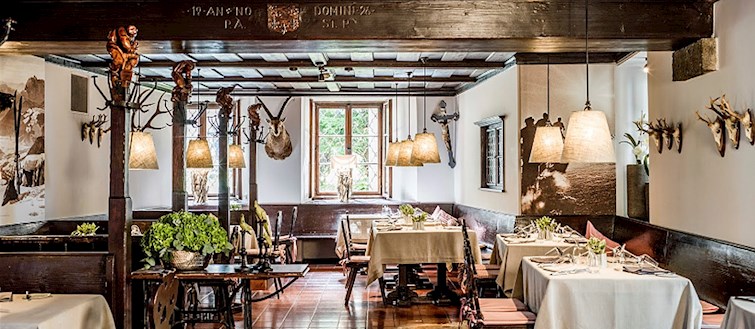
The oldest restaurant in Europe, and quite possibly in the whole world, St. Peter Stiftskulinarium has been serving food since 803 A.D. In its over 1200-year history, the historic restaurant hosted cardinals, kings, presidents, and Hollywood legends like Clint Eastwood.
New Food Cataloged
Rum ball
English Chocolate Confectionery #2. Rum balls are a type of confection that is flavored with chocolate and rum. They are typically made from a mixture of crushed cookies or cake crumbs, cocoa powder, sweetened condensed milk or corn syrup, and rum. The ingredients are mixed and formed into a dough, then shaped into small balls. The balls are often coated with chocolate sprinkles, cocoa powder, or powdered sugar, adding texture and sweetness. The alcohol content of the rum provides a distinct flavor, but it's usually mild enough to be enjoyed by most adults. The rum can also be substituted with rum flavoring for a non-alcoholic version. Rum balls probably originate from England but are popular around the world, especially during the holiday season. They can be found in various European cuisines, as well as in Australia and North America. The combination of rich chocolate flavor with a hint of rum makes them a favorite treat for many, and they're often packaged in decorative boxes as gifts or served at festive gatherings.
Authentic Recipe
Italian Beef
PREP 30min
COOK 2h 20min
READY IN 2h 50min
The following recipe replicates the method used by Al's #1 Italian Beef, the alleged birthplace of Italian beef. The rump roast is rubbed with a marinade consisting of garlic, salt, pepper, oregano, and red pepper flakes and slow cooked in a Dutch oven, then refrigerated overnight and sliced the next day. The peppers are rubbed with seasonings and roasted, and the cooking liquid leftover from cooking meat is made into a gravy. The meat slices are placed into the gravy and cooked briefly prior to assembly. The sandwiches are assembled and dipped into the gravy just before serving.
Top 4
English Lamb and Mutton Dishes
Shepherd's pie moved to 3rd place - One of the most popular comfort foods in the United Kingdom is called shepherd's pie, a hot and savory dish reminiscent of a casserole, consisting of minced lamb or mutton meat, potatoes, onions, carrots, Worcestershire sauce, thick gravy, and seasonings such as marjoram, parsley, and black pepper. All of the ingredients are placed under a roof of buttery, creamy mashed potatoes, and baked in an oven until the pie is ready for consumption. This simple delicacy was invented by shepherds in the 18th century England and Scotland. The pie became extremely popular in the 1870s, and not by coincidence, as mincing machines became widely available to the public in those years. Today, shepherd's pie is a great way of using up leftover cooked meat, but it is generally recommended to use fresh meat for a better flavor and texture of the pie. This hearty pie is a favorite in numerous pubs, homes, and restaurants throughout the United Kingdom.
Top 100
Dessert Recipes
Crêpes moved to 4th place - These thin pancakes are made with wheat flour, and have origins in the French region of Brittany. Although they are a French staple and a national dish, crêpes are so popular that they have spread worldwide since the turn of the 20th century, when white wheat flour became affordable. These delectable treats are made with flour, eggs, milk, and butter whipped into a thin batter, which is then poured in a crêpe pan and fried. The tradition is to flip them in the air as they cook, and they say that if you catch it in the pan, your family will be well-off for the rest of the year. The word crêpe is derived from the Latin root crispa, meaning curdled. Crêpes are one of the best-known French desserts, and they are commonly filled with various sweet fillings such as jam, chocolate, berries, or whipped cream. They can also be stuffed with savory ingredients such as ham, sausages, cheese, spinach, eggs, or mushrooms. Eaten hot or cold and found in crêperies throughout France and beyond, these delicious pancakes are a true worldwide hit.

































